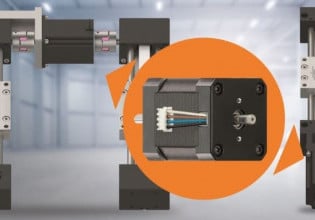R
while writing a program in C for getting output signal from serial port I am not getting any signal. Instead of making my external circit board I checked the voltages in the across serial port pin 3 and pin 5. no voltage. Can any one help. It always shows 11.2 volts. why? Am I making a mistake.






